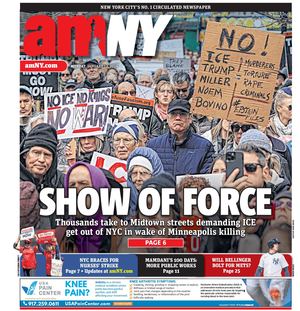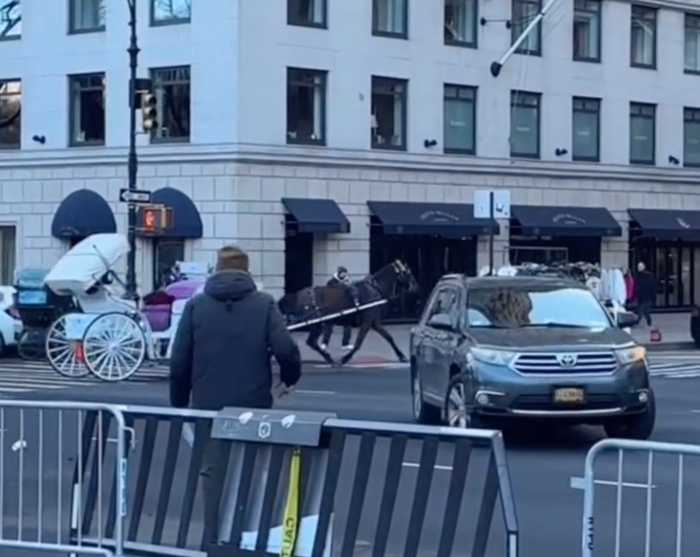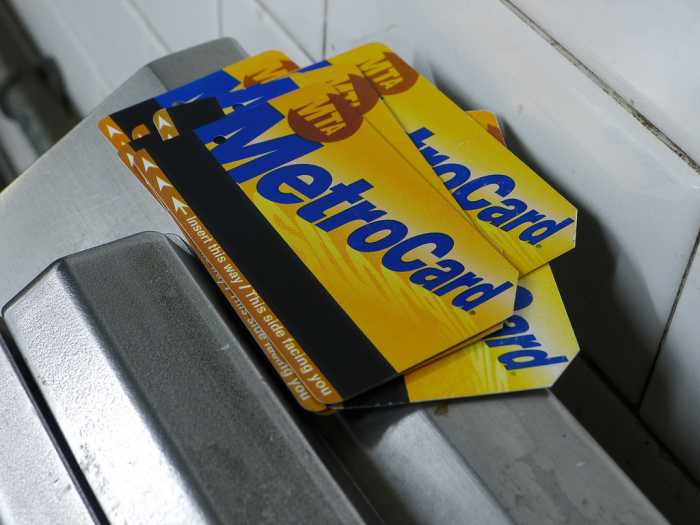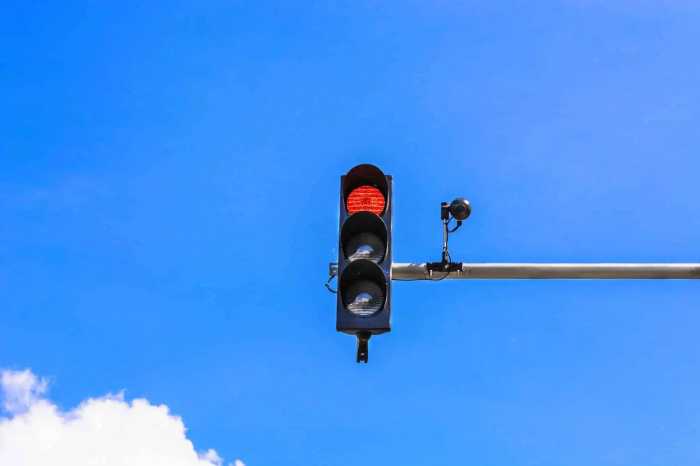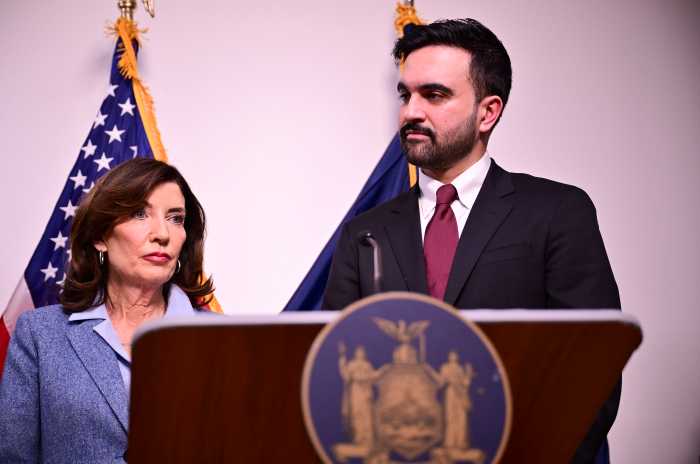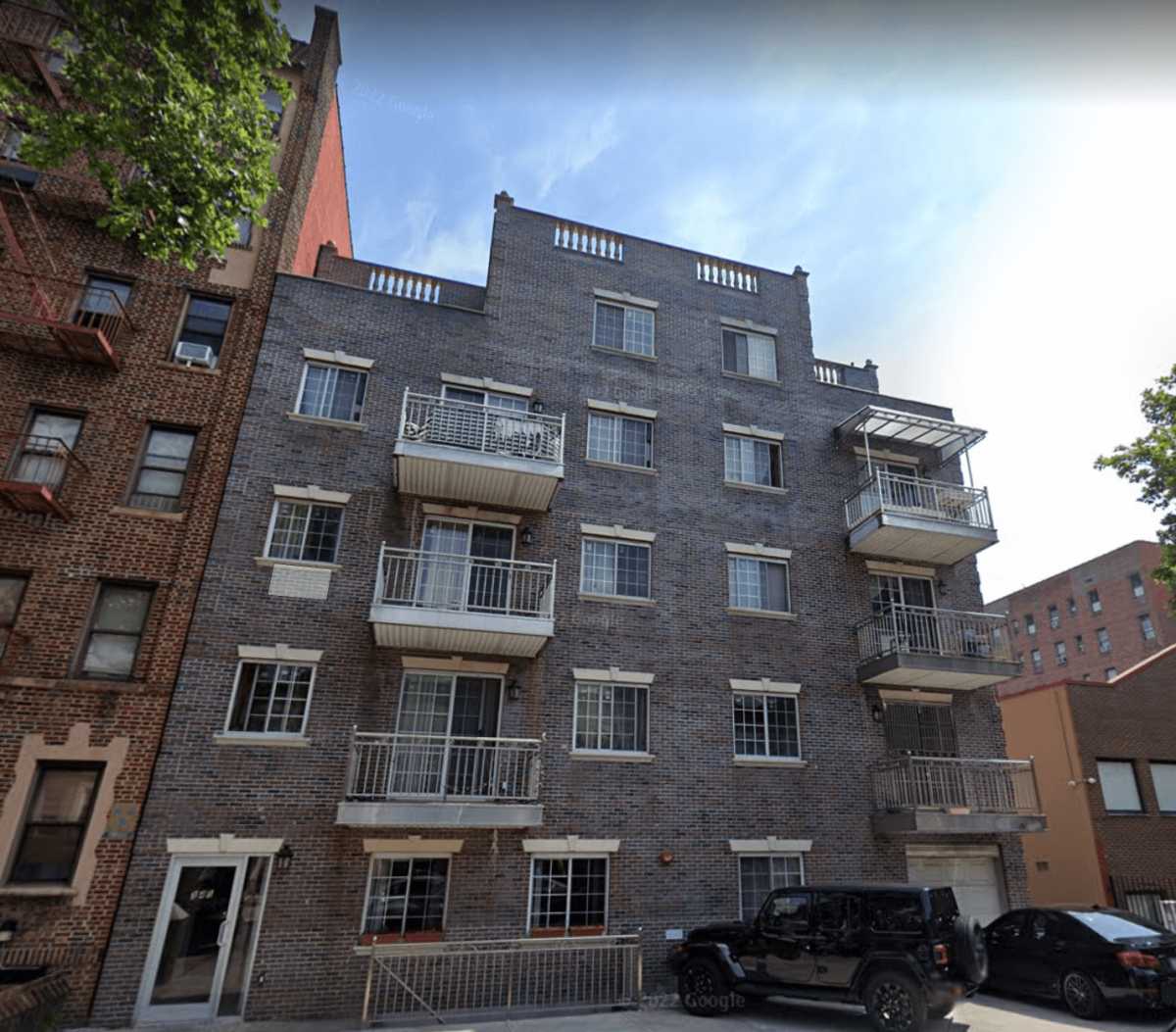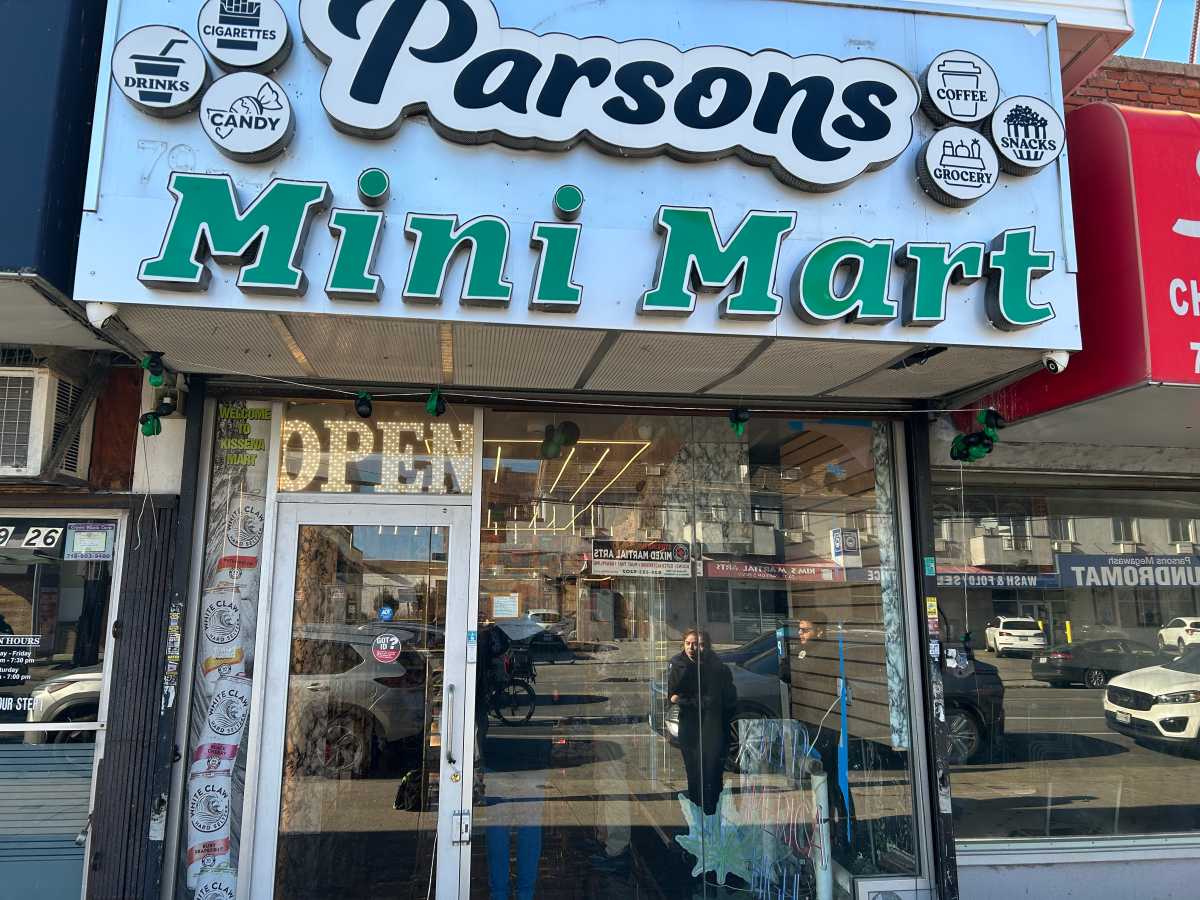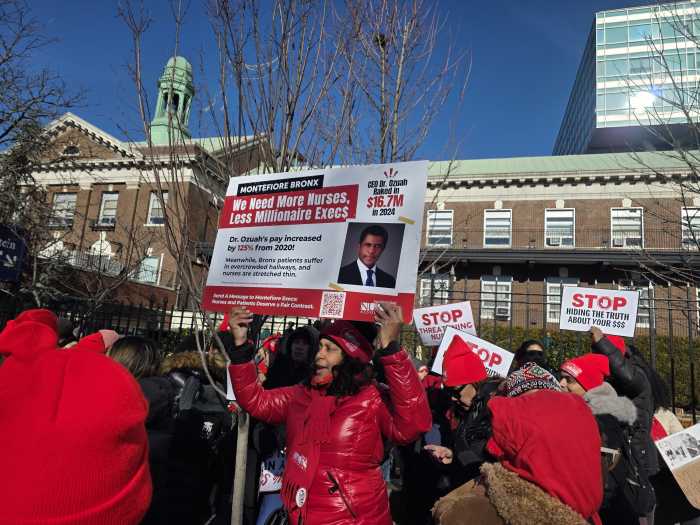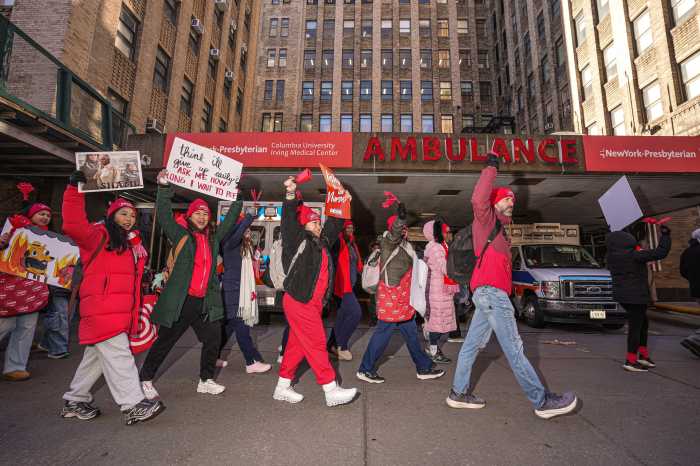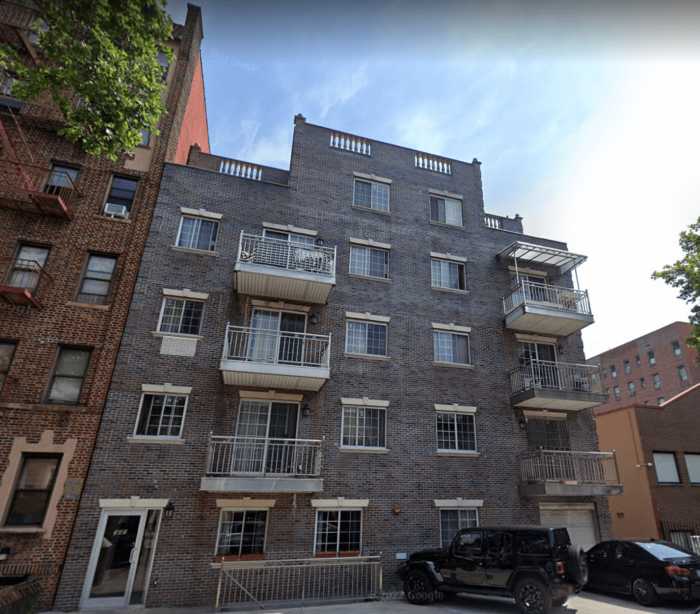This is part of our NYCurious series, where we answer your burning questions about the city. Ask yours here.
The subway train numbers and letters New Yorkers are familiar with weren’t introduced until the 1960s, decades after the first underground trains were running in the city.
So how did they each get named? And why were some letters skipped?
Here’s a look back at the history of the city’s subway nomenclature.
How did the subway lines get their letter or number?
Pre-1925
The city’s subway system started in the early 1900s with two private companies, the Interborough Rapid Transit Company (IRT) and the Brooklyn-Manhattan Transit Corporation (BMT).
During that time, the trains were referred to by the company that owned them and their route, such as IRT Broadway Line or BMT Brighton Line, New York Transit Museum curator Jodi Shapiro said.
1925
Around 1925, the BMT introduced a numbering system, using the numbers 1 through 16, Shapiro said, but “these numbers weren’t used in stations or maps, and didn’t even appear on most trains because train cars had no way to display the numbers.”
1932
When the first city-run subway service, the Independent Subway System (IND), launched, it used the letters A through H, and S (for special), to name its routes, Shapiro said.
“A single letter meant it was an express train, double meant local,” she explained.
1940
All three systems were merged and taken over by the city.
1948
A number system was introduced on the IRT lines after a new type of subway car, the R12, was added in 1948, Shapiro said. These cars had prominent signs on the sides and front for the numbers.
“There was some confusion because both the IRT and the BMT had a 1 train at this time, so most people still referred to trains by their route names,” she added.
Early 1960s
In 1960, the BMT lines were renamed somewhat geographically with letters J through T, and SS for shuttle services, and the IND lines retained their A through H letters.
Some trains also had a T or B attached if it went through a tunnel or over a bridge. For example, the QT or the QB, Shapiro said.
1967
The format New Yorkers are familiar with today — the colored “bullet” with a number or letter in the center — was adopted in 1967.
“This was partly in anticipation of the formation of the MTA, which happened in 1968, and partly because of the opening of the Chrystie Street Connection,” which connected the BMT and IND lines, Shapiro said.
The IRT lines kept the numbers and became known as the A Division of the subway system, while the BMT and IND lines kept the letters and became known as the B Division of the system.
1979
The current subway colors were introduced. The colors are mostly grouped by “trunk” lines, or the street in Manhattan that the trains primarily run under, such as Broadway or Lexington Avenue. Exceptions include the Crosstown Line, which doesn’t go into Manhattan, and the Canarsie and Flushing lines, which are named after neighborhoods in Brooklyn and Queens, respectively.
Here are the colors for each line:
IND Eighth Avenue Line (ACE): Blue
IND Sixth Avenue Line (BDFM): Orange
IND Crosstown Line (G): Lime green
BMT Broadway Line (NQRW): Yellow
BMT Canarsie Line (L): Gray
BMT Nassau Street Line (JZ): Brown
IRT Seventh Avenue Line (123): Red
IRT Lexington Avenue Line (456): Green
IRT Flushing Avenue Line (7): Purple
Why weren’t some letters used?
There are a variety of reasons some letters were never used. For example, I and O look too familiar to the numbers 1 and 0, Shapiro said.
U and Y weren’t used because they are homonyms for English words, and X was ruled out because it is used internally as a placeholder for routes and extensions that are under construction, she explained.
It isn’t entirely clear why P was initially skipped, Shapiro said, but it was proposed for multiple line extensions or other services that never happened.
H, K, T and V were used in the past but aren’t anymore. The numbers 8 and 9 also were used in the past.
Can letter trains run on number routes and vice versa?
The letter trains (originally the BMT and IND trains) are actually wider and longer than the number trains (originally the IRT trains), so letter trains can’t run in the tunnels built for the others.
Number trains can run in the letter train tunnels, but they aren’t used for passengers because the gap between the train and the platform would be too wide.
